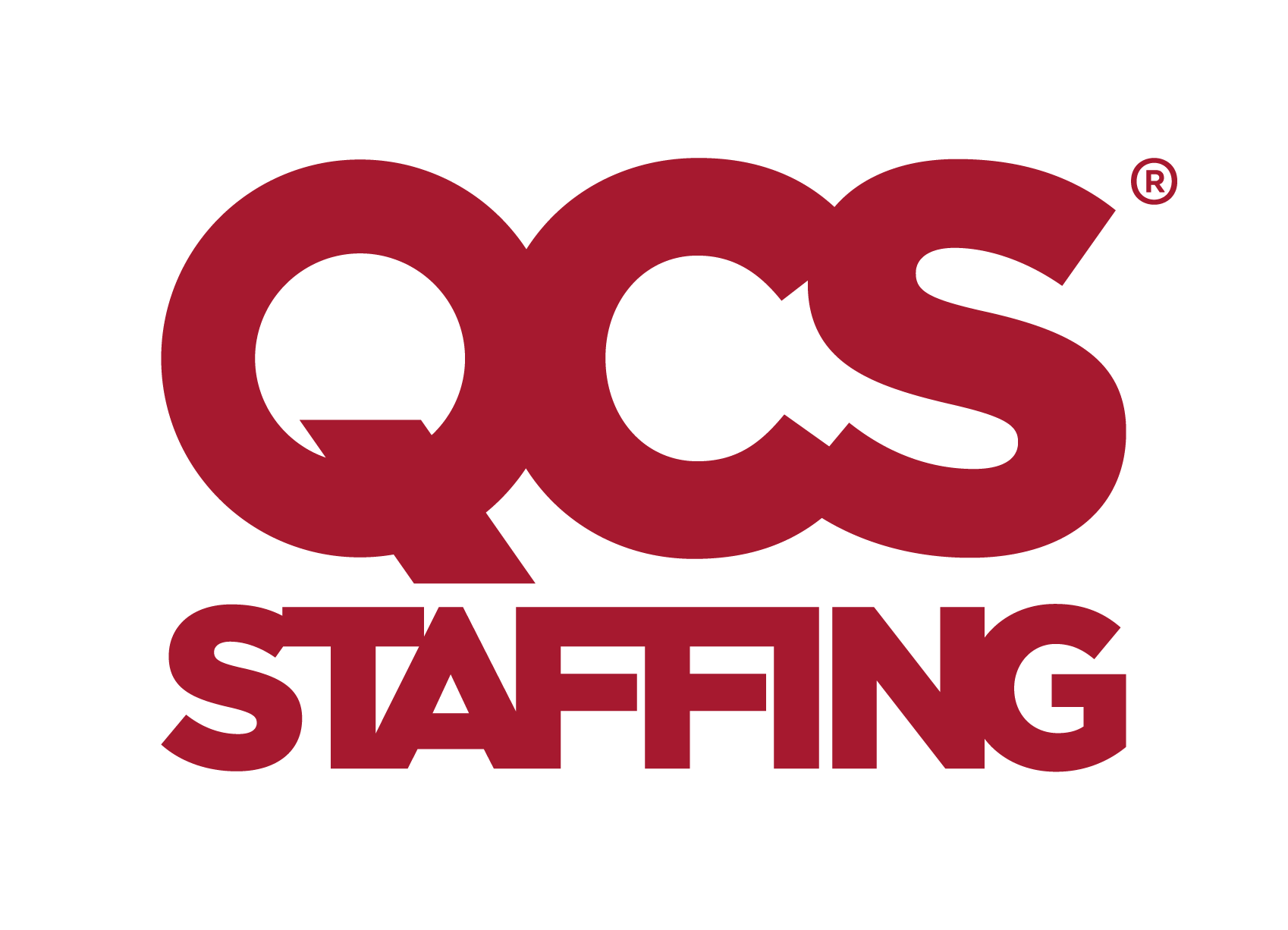What’s happening in the US life sciences industry?
In 2019 the value of deals in the life sciences industry reached $362 billion, signalling how lucrative the sector is. Although the US develops 40% of the pharmaceutical and medical device patents worldwide, the country has been fighting to maintain their share of the market. In recent years competing nations have imposed higher import tariffs and violated intellectual property rights. But it’s not just competition that has affected the development of the US life sciences industry - the federal government have cut their investments too. The US must respond to these challenges by focusing on how technology and real-world data (RWD) can be used to grow their share of the market. Regardless of these shifts one thing remains true – the life sciences sector contributes enormously to the US economy, employing over 1.2 million workers and providing a very secure income.
The competition
Though the US’ slice of the life sciences market has narrowed in the last 20 years they remain a major player. Of the 36 members of the Organization for Economic Co-operation and Development (OECD), the US contributes to over half of all the private-sector pharmaceutical research and development (R&D). There are several reasons why countries – like China, India, Ireland, Singapore, and the UK – have been able to capture some of the US’ share.
Firstly, an imbalance between imports and exports has developed since 2003. International life sciences companies have moved their profits abroad in order to pay less tax and this has allowed them to reduce their prices. A resulting reduction in US export prices has permitted other nations to import US goods without having to pay the equivalent value of exports to the US. This is one reason for the $56.2 billion trade deficit for pharmaceuticals, but the tough competition does not end here. Competition between firms is important in any market, but especially so in life sciences. It encourages R&D, innovation and allows a fairer pricing system for customers. But when intellectual property (IP) rights are violated, as they have been by China, this creates an unjust system.
Reclaiming their market share
To maintain their market share America needs to respond to these challenges by negotiating lower trade barriers and improving their IP protections. On the other hand, to grow their market share the US government must boost investments in their life sciences industry. In order to match the share of GDP they were investing in 2003, they need to allocate an additional $11.6 billion each year. This money should go towards improving workforce training in STEM subjects - science, technology, engineering and mathematics – and be injected into R&D. However, since 2010 the return on investment (ROI) for R&D has dropped from 10.1% to 3.2%, meaning life science companies need to revise their strategies and boost their profitability.
Responding to shifts in the market
This drop in ROI illustrates the importance of life sciences companies being flexible and adapting to new emerging frameworks. Other changes, such as the increasing use of digital technology, real-world data (RWD) and the involvement of patients in their care, must also be embraced by life science companies in the US. Since technology use is widespread in the industry, advancements will impact R&D, clinical trials and even the process of commercialising new products. And each of these stages will also be affected by the outcomes-based approach which is steadily being adopted by companies. This is an alternative payment model which uses RWD to assess the value of medication to individual patients and therefore allows drugs development to become more personalised. Additionally, non-traditional players, such as patient advocacy organisations, are emerging on the scene and we are beginning to see more creative partnerships evolve between them and the traditional life sciences companies. This further illustrates how the life sciences industry is transitioning into an increasingly patient-friendly service.
The big players in the market
Boston-Cambridge, San Francisco Bay Area and Philadelphia are three of the top 10 leading life sciences markets and New York City earns a place on this list too due to the 1.5 million sq. ft. of lab space they’re currently developing. Real estate prices in these large cities are significantly high though, which has led to a trend for life science incubators; just one of the laboratories on Manhattan’s East Side Medical Corridor houses a total of 20 independent companies. The number of life science jobs in the US has steadily been on the rise over the last 15 years and new players in Seattle, Houston and St. Louis are now beginning to contribute to this thriving job market.
Take the next step in your life sciences career with QCS Staffing
With employment opportunities in the US life sciences sector remaining strong, why not look at taking your career across the pond? QCS Staffing has been recruiting for the life sciences sector globally since 2002 and we want to put that expertise towards helping you find your next role. View our latest US jobs here, or contact us to get advice from our specialist life sciences consultants.




.png?v=912eceac38f06c4bc6affa02e12519c7)

